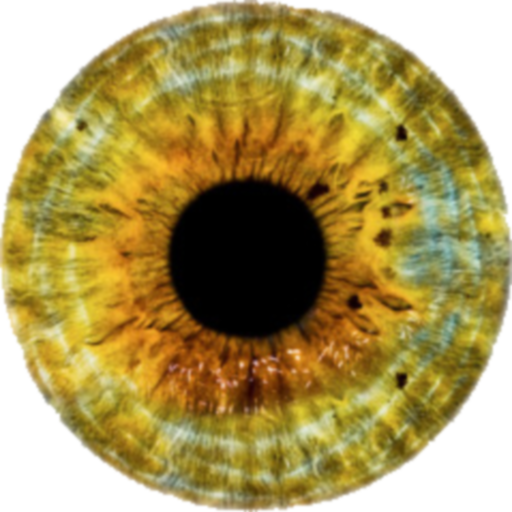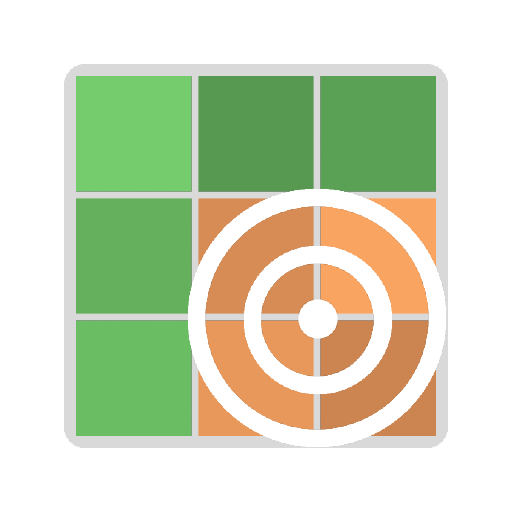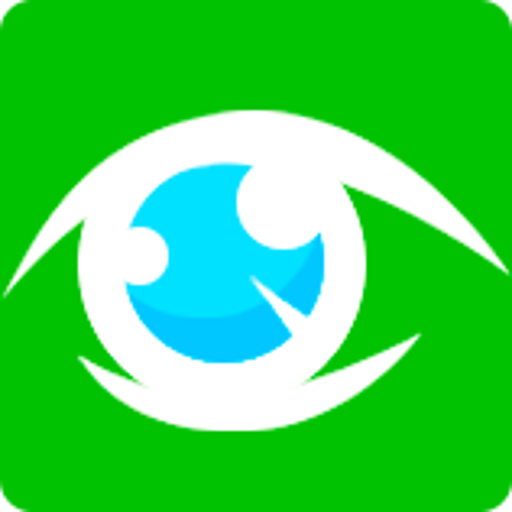

Ishihara Color Blindness Test
健康与健身 | SoftInfoSystems
在電腦上使用BlueStacks –受到5億以上的遊戲玩家所信任的Android遊戲平台。
Play Ishihara Color Blindness Test on PC
The Ishihara test is a color perception test for red-green color deficiencies, the first in a class of successful color vision tests called pseudo-isochromatic plates. It was named after its designer, Dr. Shinobu Ishihara, a professor at the University of Tokyo, who first published his tests in 1917.
The test consists of a number of colored plates, called Ishihara plates, each of which contains a circle of dots appearing randomized in color and size. Within the pattern are dots which form a number or shape clearly visible to those with normal color vision, and invisible, or difficult to see, to those with a red-green color vision defect. Other plates are intentionally designed to reveal numbers only to those with a red/green color vision deficiency, and be invisible to those with normal red/green color vision. The full test consists of 38 plates, but the existence of a severe deficiency is usually apparent after only a few plates. There is also an Ishihara test consisting 10, 14 or 24 test plates.
The plates make up several different test designs:
* Demonstration plate (plate number one, typically the numeral "12"); designed to be visible by all persons, whether normal or color vision deficient. For demonstration purposes only, and usually not considered in making a score for screening purposes.
* Transformation plates: individuals with color vision defect should see a different figure from individuals with normal color vision.
* Vanishing plates: only individuals with normal color vision could recognize the figure.
* Hidden digit plates: only individuals with color vision defect could recognize the figure.
* Diagnostic plates: intended to determine the type of color vision defect (protanopia or deuteranopia) and the severity of it.
The test consists of a number of colored plates, called Ishihara plates, each of which contains a circle of dots appearing randomized in color and size. Within the pattern are dots which form a number or shape clearly visible to those with normal color vision, and invisible, or difficult to see, to those with a red-green color vision defect. Other plates are intentionally designed to reveal numbers only to those with a red/green color vision deficiency, and be invisible to those with normal red/green color vision. The full test consists of 38 plates, but the existence of a severe deficiency is usually apparent after only a few plates. There is also an Ishihara test consisting 10, 14 or 24 test plates.
The plates make up several different test designs:
* Demonstration plate (plate number one, typically the numeral "12"); designed to be visible by all persons, whether normal or color vision deficient. For demonstration purposes only, and usually not considered in making a score for screening purposes.
* Transformation plates: individuals with color vision defect should see a different figure from individuals with normal color vision.
* Vanishing plates: only individuals with normal color vision could recognize the figure.
* Hidden digit plates: only individuals with color vision defect could recognize the figure.
* Diagnostic plates: intended to determine the type of color vision defect (protanopia or deuteranopia) and the severity of it.
在電腦上遊玩Ishihara Color Blindness Test . 輕易上手.
-
在您的電腦上下載並安裝BlueStacks
-
完成Google登入後即可訪問Play商店,或等你需要訪問Play商店十再登入
-
在右上角的搜索欄中尋找 Ishihara Color Blindness Test
-
點擊以從搜索結果中安裝 Ishihara Color Blindness Test
-
完成Google登入(如果您跳過了步驟2),以安裝 Ishihara Color Blindness Test
-
在首頁畫面中點擊 Ishihara Color Blindness Test 圖標來啟動遊戲



